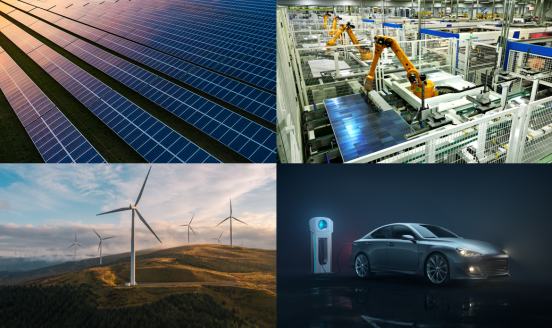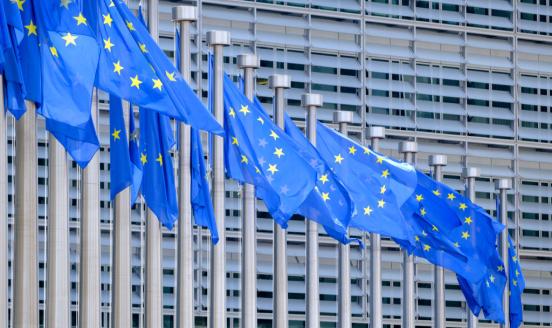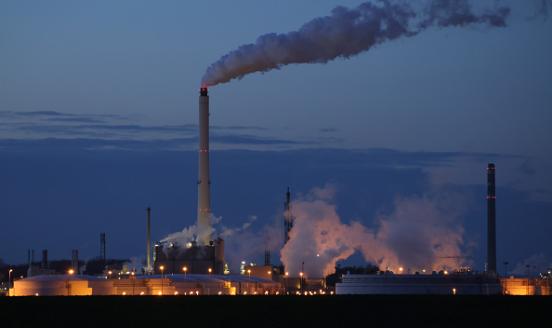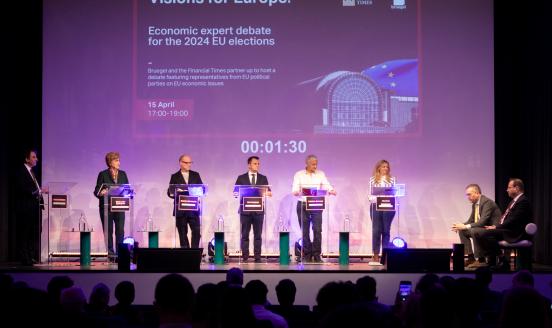Europe’s Apollo 11 will not be about the moon
The European Green Deal has an ambitious double target to “reconcile the economy with the planet” and to become Europe’s “new growth strategy”.
“This is Europe’s ‘man on the moon’ moment.” These are the bold words used by European Commission president Ursula von der Leyen 11 days into her job as she presented her plan for a ‘European Green Deal’ aimed at creating the first climate-neutral continent by 2050.
The plan includes 50 ideas, spanning from carbon pricing to green investments, from just transition measures to sustainable food systems, from a circular economy to sustainable mobility. Measures proposed under the plan include the introduction of a ‘Sustainable Europe Investment Plan’ aimed at unleashing green investments across the continent, and the creation of a Just Transition Mechanism to sustain the ones that – notably in coal and energy-intensive regions – will lose their jobs as a result of the transition.
The recipe for the success of the European Green Deal is as simple as it is breath-taking: to promote deep decarbonisation by accompanying the economic and industrial transformation this necessarily implies, and by ensuring the social inclusiveness of the overall process.
Should the strategy succeed, the European Green Deal might have substantial repercussions across the global economy. For instance, requiring compliance with strict environmental regulations as a condition of accessing the EU's market of 500 million people should be a strong incentive to all other countries to adapt and change their production processes. There is also the possibility of introducing a carbon border tax, which would impose a tariff on goods entering the EU market on the basis of their carbon content, or the possibility of introducing stronger environmental clauses in trade agreements.
The European Green Deal will also become a blueprint for other countries and a tangible example that pursuing climate neutrality is technically feasible and economically and politically viable. This is particularly true in the case of the United States, as climate change is due to play an important role in the Presidential election next year.
To be clear, this will not be an easy ride. The scale of the challenge was exemplified by the result of the European Council, in which EU leaders failed once again to gain unanimous support for the 2050 climate neutrality target due to the opposition of Poland, which seeks higher financial support for the transition of its coal mining regions.
As in any revolution, there will be winners and losers. What a sensible European Green Deal should do is provide a clear sense of direction to citizens and companies, and put in place mechanisms to ensure that the most vulnerable segments of society are supported and not left behind.
But to be politically sustainable, policymakers must be honest about the nature of the European Green Deal, which should not be seen as an economic stimulus, but rather as an efficient reallocation mechanism, fostering investment shifts and labour substitution in key economic sectors while helping the most vulnerable segments of society throughout the process. In practice, this means promoting a shift from fossil fuels to renewables, turning combustion-engine car jobs into electric car jobs, compensating low-income households for higher fuel prices and re-training coal miners to get new jobs.
The philosopher Timothy Morton describes climate change as a “hyperobject”, a phenomenon so massively distributed throughout time and space that it disrupts everything it comes into contact with. To be effective, any European Green Deal will have to be just as omnipresent, not only in Brussels but around the world. Ursula von der Leyen says the ‘European Green Deal’ represents Europe's 'Man on the moon' moment. I would say we are actually just starting building our own Apollo 11. But Europe's Apollo 11 isn't about the moon we see from the earth, it's about the earth as seen from the moon, a fragile cosmic miracle.
To find out what's inside the European Green Deal, listen to this special episode of the Sound of Economics:



